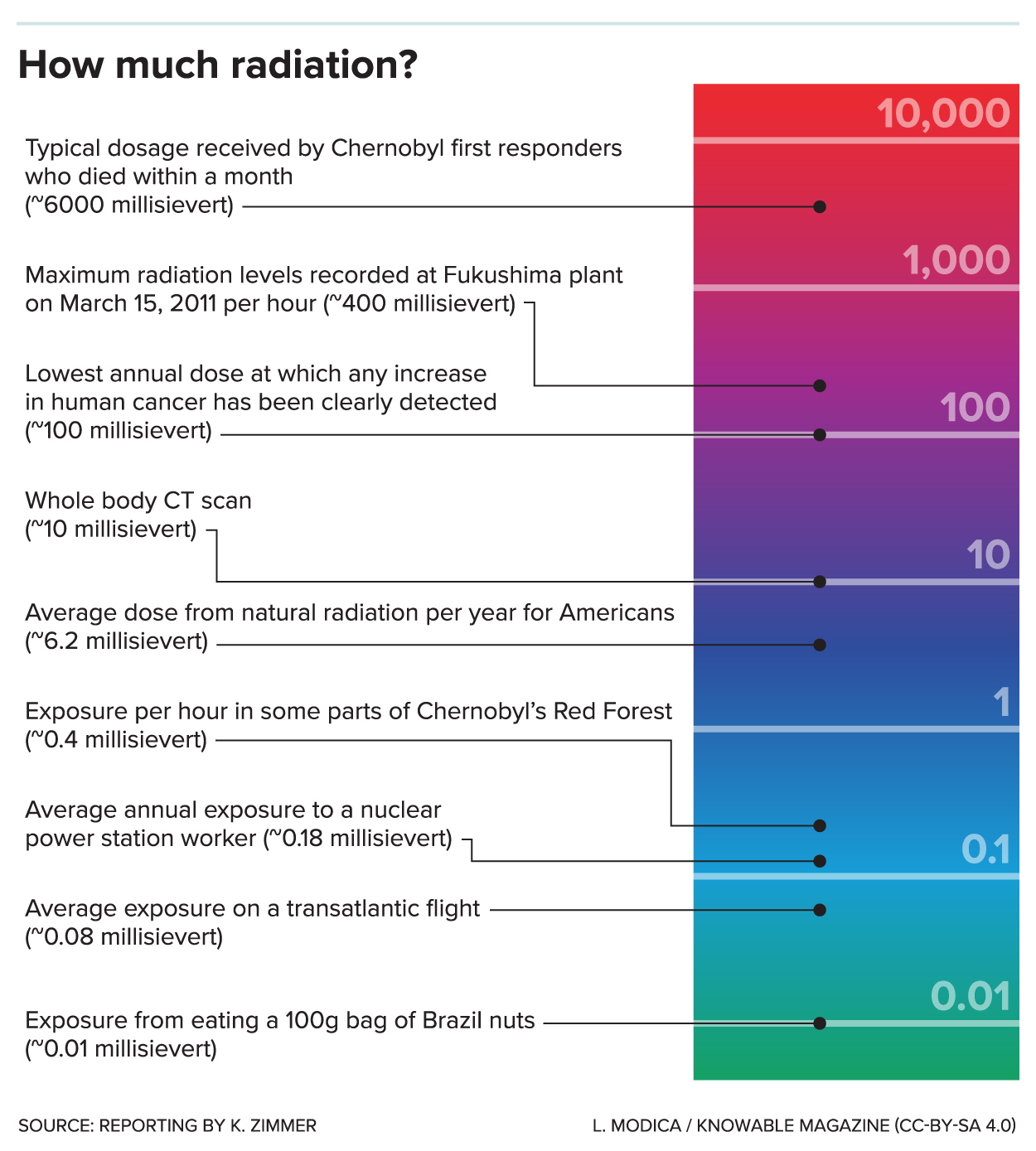Home-stored product entomology
Home-stored product entomology is the study of insects that infest foodstuffs stored in the home. It is a branch of forensic entomology that focuses on the insects associated with stored food products. Insects can cause significant damage to stored foods, leading to economic loss and health risks. This field of study is important for understanding the types of insects that infest food products, their life cycles, and how to control them to prevent infestation and contamination.
Overview[edit | edit source]
Home-stored product entomology involves the identification of insect species that infest food products such as grains, nuts, dried fruits, and spices. The most common pests include the Indianmeal moth (Plodia interpunctella), the saw-toothed grain beetle (Oryzaephilus surinamensis), and the flour beetles (Tribolium spp.). These insects can cause direct damage by consuming food products and indirect damage through contamination with their bodies, feces, and webbing, which can lead to health issues in humans.
Life Cycle and Infestation[edit | edit source]
Understanding the life cycle of these pests is crucial for effective control and prevention. Most stored product insects undergo complete metamorphosis, consisting of egg, larval, pupal, and adult stages. The duration of their life cycle can vary depending on environmental conditions such as temperature and humidity, as well as the availability of food.
Infestations can occur at any point in the food chain, from the farm where the food is produced to the processing facilities, during transportation, or within the home. Insects can enter homes through purchased infested food products or by infiltrating from the outside.
Prevention and Control[edit | edit source]
Prevention and control of infestations involve several strategies, including:
- Sanitation: Keeping storage areas clean and free of food debris to reduce attractants for pests.
- Inspection: Regularly checking stored food products for signs of infestation.
- Temperature control: Storing susceptible food products in cool or cold environments to slow down or inhibit insect development.
- Packaging: Using sealed containers to prevent access by insects.
- Biological control: Utilizing natural predators or parasites of the pests as a control method.
- Chemical control: Applying insecticides, although this is generally considered a last resort due to potential contamination of food products.
Importance[edit | edit source]
The study of home-stored product entomology is important for several reasons. Economically, it helps reduce food waste and financial loss by preventing infestations. From a health perspective, it aids in preventing foodborne illnesses associated with insect-contaminated foods. Additionally, understanding the behavior and ecology of these pests can lead to more effective and environmentally friendly control methods.
Search WikiMD
Ad.Tired of being Overweight? Try W8MD's physician weight loss program.
Semaglutide (Ozempic / Wegovy and Tirzepatide (Mounjaro / Zepbound) available.
Advertise on WikiMD
|
WikiMD's Wellness Encyclopedia |
| Let Food Be Thy Medicine Medicine Thy Food - Hippocrates |
Translate this page: - East Asian
中文,
日本,
한국어,
South Asian
हिन्दी,
தமிழ்,
తెలుగు,
Urdu,
ಕನ್ನಡ,
Southeast Asian
Indonesian,
Vietnamese,
Thai,
မြန်မာဘာသာ,
বাংলা
European
español,
Deutsch,
français,
Greek,
português do Brasil,
polski,
română,
русский,
Nederlands,
norsk,
svenska,
suomi,
Italian
Middle Eastern & African
عربى,
Turkish,
Persian,
Hebrew,
Afrikaans,
isiZulu,
Kiswahili,
Other
Bulgarian,
Hungarian,
Czech,
Swedish,
മലയാളം,
मराठी,
ਪੰਜਾਬੀ,
ગુજરાતી,
Portuguese,
Ukrainian
Medical Disclaimer: WikiMD is not a substitute for professional medical advice. The information on WikiMD is provided as an information resource only, may be incorrect, outdated or misleading, and is not to be used or relied on for any diagnostic or treatment purposes. Please consult your health care provider before making any healthcare decisions or for guidance about a specific medical condition. WikiMD expressly disclaims responsibility, and shall have no liability, for any damages, loss, injury, or liability whatsoever suffered as a result of your reliance on the information contained in this site. By visiting this site you agree to the foregoing terms and conditions, which may from time to time be changed or supplemented by WikiMD. If you do not agree to the foregoing terms and conditions, you should not enter or use this site. See full disclaimer.
Credits:Most images are courtesy of Wikimedia commons, and templates, categories Wikipedia, licensed under CC BY SA or similar.
Contributors: Prab R. Tumpati, MD



